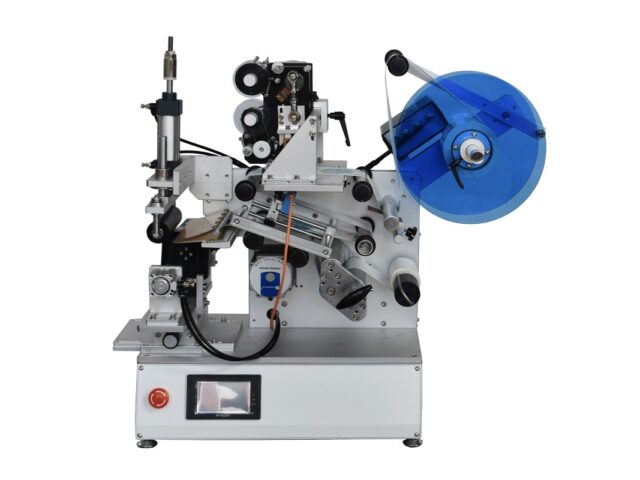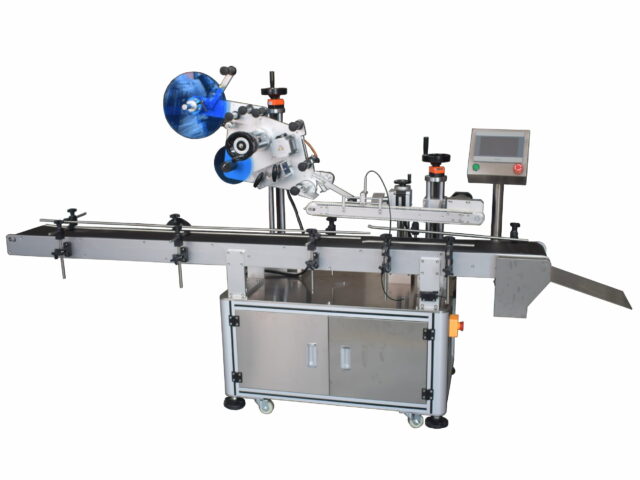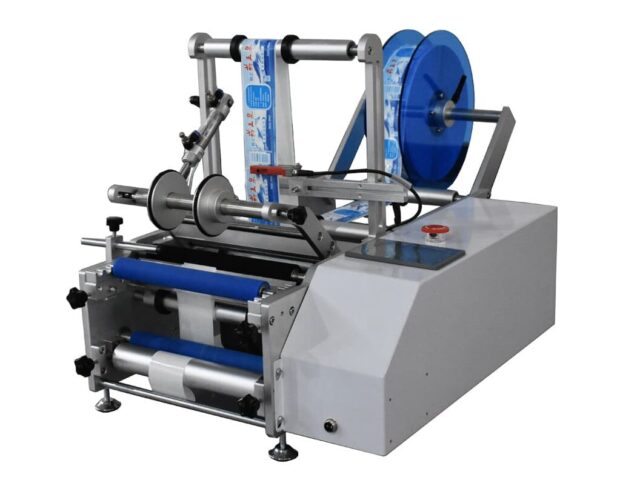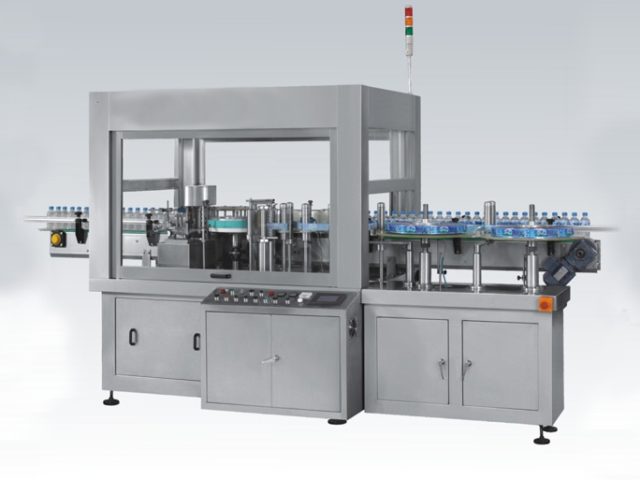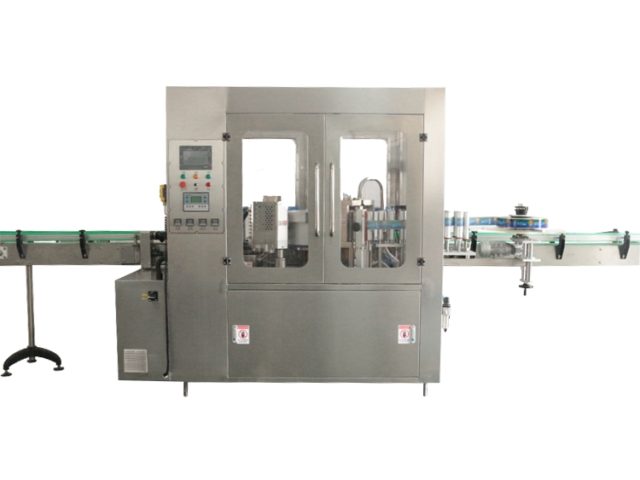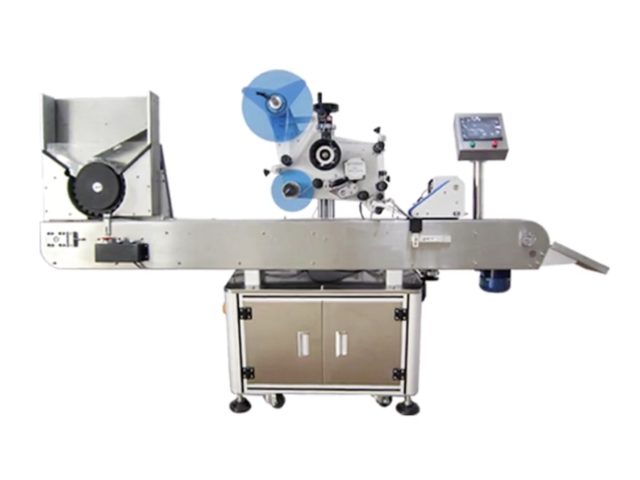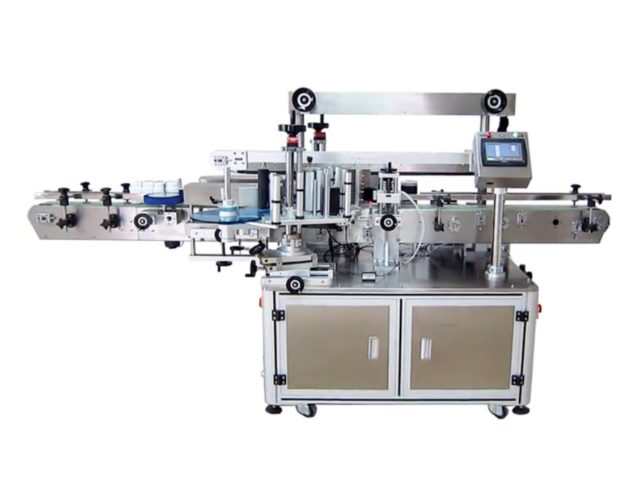In addition to their duties of providing information and identifying the product, labels are increasingly assuming special functions. Closing or sealing packages is certainly among the most important roles. An increasing number of medications, for example, require that tamper-evident devices be applied, possibly in the form of a label. Labels also play an important role in the convenience food trend, which includes baked goods, sandwiches, sushi boxes, fruit cocktails and so on. They contain important variable information about the ingredients, expiration date or weight. At the same time, they securely seal the packaging. In all such cases, the labels generally need to be applied over one or more edges. For that reason, the technology is not only called tamper-evident or seal labeling, but also over-corner labeling or L, C or U labeling. This is accomplished using special edge pressing equipment, which is supported in part by blower stations, in particular for large labels, because while seal labels for pharmaceuticals tend to be small, they may be considerably longer when used on food. In the latter case, a moist, cool environment often adds to the difficulties.
L- and C-shape labeling
Important issues for seal and tamper-evident labeling
Stringent requirements: In most cases, handling seal and tamper-evident labels is demanding and requires very precisely adjustable labeling systems.
Integration options appropriate to the particular application: It must be possible to easily expand the systems by adding printing, inspection and rejection systems.
Industry-specific models: SHINEBEN provides a variety of innovative solutions for this area of application, which also take the very special requirements for pharmaceutical and food applications into consideration.


